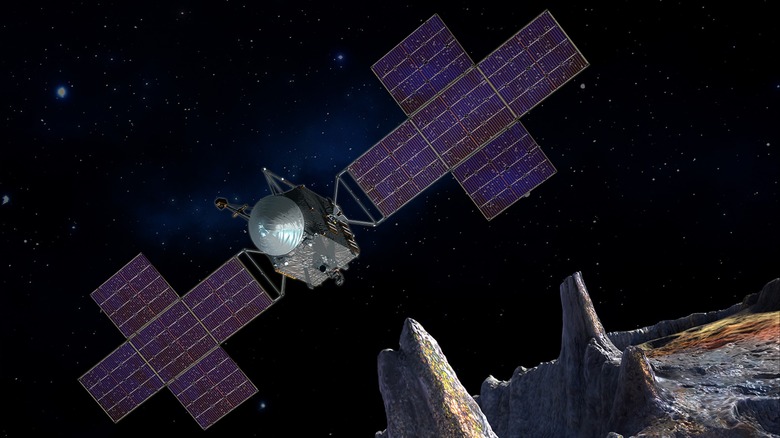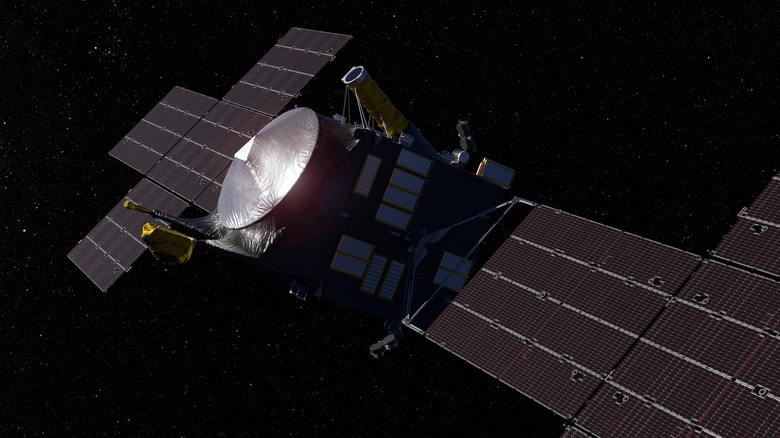NASA's Psyche Mission Just Got Some Bad News
NASA has put the Psyche asteroid exploration mission on indefinite hold, citing a delay in the delivery of critical flight software and test gear. The agency says it can't finish testing processes needed to carry out the mission before its launch deadline on Oct. 11. Originally slated to take off in 2022, the team behind the project will now take additional time to validate the flight software for safety. The initial goal was to reach its target in 2026, but owing to orbital position constraints, even a launch in 2023 or 2024 means the spacecraft won't reach the asteroid until 2029 or 2030.
During the test phase at the Jet Propulsion Laboratory, its team encountered a compatibility issue in the test version of the software simulator.
The issue, which pushed the original mission timeline from August to beyond September, was subsequently fixed. But there wasn't enough time left to perform the full system check and meet the 2022 launch deadline. Of the estimated $985 million budget for the Psyche mission, $717 million have already been spent, and the team is now doing cost calculations to check whether the remaining tasks can be handled without over-budgeting.
What's the Psyche mission all about?
Psyche is a metal-rich asteroid that is roughly 173 miles across at its widest point and is said to harbor an unusually high metal content, leading scientists to believe that it can help unlock the mysteries of a solar system's formation in the early stages. The namesake spacecraft would embark on a journey that will have it sailing through space for nearly 3.5 years, and once it locks into an orbit around the asteroid, it will spend another couple of years studying it.
The spacecraft is about the size of a car, with solar-powered sails that measure 25 meters by 7.3 meters. Xenon gas serves as the fuel source, and it uses electricity generated by the hyper-efficient solar cells to convert the fuel into xenon ions that eject with a bluish glow to provide thrust. However, the spacecraft won't rely solely on fuel-based propulsion. Instead, it will slingshot around Mars and use the planet's gravitational field that to push towards its destination.
Instruments aboard the spacecraft include a multispectral spectrometer to assess metals and silicates on the asteroid's surface, while a pair of cameras will capture imagery of its terrain. A magnetometer is also on board alongside a gamma ray spectrometer and a neutron spectrometer. The last deadline for mission take-off was October 11, but following the delay, the launch likely won't happen this year.

